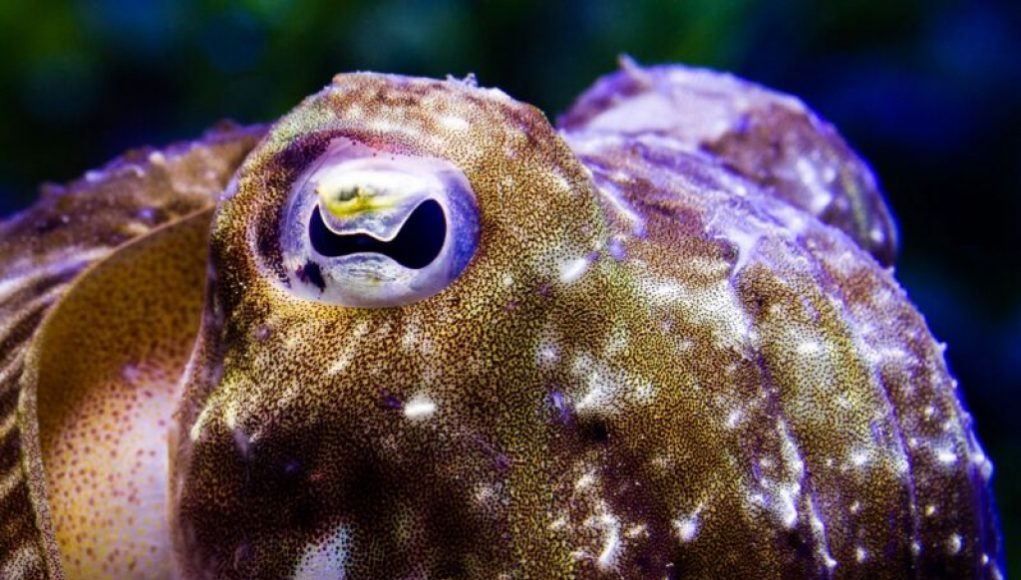Prepare to be amazed by the incredible camouflage abilities of cuttlefish and other cephalopods! A groundbreaking study published in the journal Nature has revealed that the process behind their color-shifting skin is even more complex than previously believed.
Co-author Sam Reiter from the Okinawa Institute of Science and Technology (OIST) explains, “Prior research suggested that cuttlefish had a limited selection of pattern components for camouflage. However, our latest research has shown that their camouflaging response is much more intricate and adaptable than we thought. Previous approaches lacked the detail and precision to detect it.” The team used high-resolution video and machine learning to investigate camouflage patterns and the related “blanching” response to threats.
But that’s not all that makes cuttlefish and their cephalopod counterparts fascinating! In a recent study, it was discovered that cuttlefish can exhibit delayed gratification, passing a cephalopod version of the famous Stanford marshmallow test. They also demonstrated higher performance in subsequent learning tests, revealing a link between self-control and intelligence in a non-mammalian species. Additionally, cuttlefish possess a form of episodic memory that remains intact as they age, unlike humans.
Advertisement
Now, let’s dive deeper into the mechanics of cuttlefish camouflage. As we previously reported, their skin is translucent and contains chromatophores, pigment cells that control light absorption. These chromatophores are connected to muscle fibers, which contract when stimulated by electrical pulses, causing the skin to change color. But there’s more to it!
Beneath the chromatophores, there is another layer called iridophores. Unlike the pigment-based chromatophores, iridophores create structural color, similar to the crystals in butterfly wings. However, squid’s iridophores are dynamic and can reflect different wavelengths of light. Research suggests that acetylcholine, a neurotransmitter, plays a role in the tunable structural color of iridophores. Together, these two layers produce the mesmerizing optical properties of squid skin.
And let’s not forget about leucophores! These cells, found in cuttlefish, octopuses, and some female squid of the genus Sepioteuthis, scatter the full spectrum of light, giving them a white appearance. They contain reflectin proteins that clump together into nanoparticles, causing light to scatter instead of being absorbed or transmitted directly. Interestingly, female squid can “tune” their leucophores to scatter specific wavelengths of light, allowing for transparency or opacity depending on the situation.
Cuttlefish, found in tropical and temperate waters around the world, are best known for their ability to change color in an instant, blending in with their underwater environment. Scientists were well aware of this skill, known as camouflage, but until recently the exact mechanisms behind it were a mystery. Now, new research reveals a surprising complexity to the way cuttlefish can change color to match their surroundings.
Cuttlefish use two different camouflage techniques, called background matching and disruptive coloration, to blend in with their environment. Background matching, as the name suggests, involves the cuttlefish creating a pattern on its skin that mimics the colors and textures of its habitat. The other technique, disruptive coloration, works by creating an illusion of invisibility by breaking up the silhouette of the cuttlefish, leaving predators unsure of where it ends and the surroundings begin.
There has traditionally been a complex relationship between the eyesight of cuttlefish and the type of camouflage it needs, leaving most researchers to believe that the animal’s ability to change colors had a visual component. But this new study, published in Current Biology, is evidence that the cuttlefish’s response to its environment can be more nuanced than that.
That’s because the cuttlefish in this study responded to its environment without relying on visual cues. Instead, they could detect the presence of molecules in the water, which allowed them to make changes in the pattern of their skin. This is an example of what’s known as chemical camouflage, and was only observed in one type of cuttlefish – the tropical flour cuttlefish (Sepia latimanus).
Researchers believe this chemical camouflage potential may be more widespread than previously thought, and that other species of cuttlefish may be capable of this behavior. Further studies are needed to confirm this, and to eventually categorize the different types of chemicals involved.
At its core, the findings from this research show us that cuttlefish camouflage is far more complex than initially assumed. It’s a clever adaptation that allows the creature to elude its predators, and it surely won’t be the last we hear about this impressive survival skill.




















